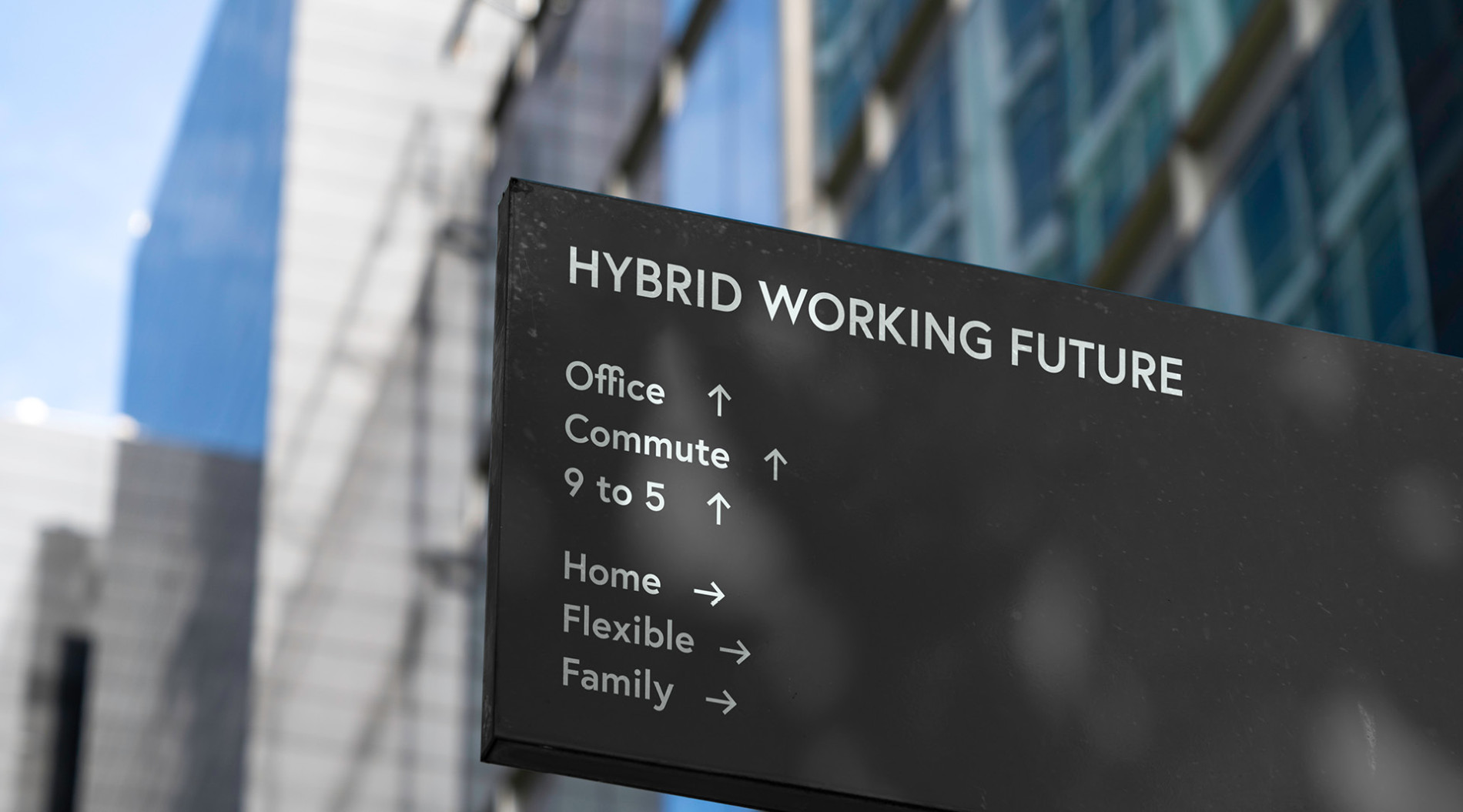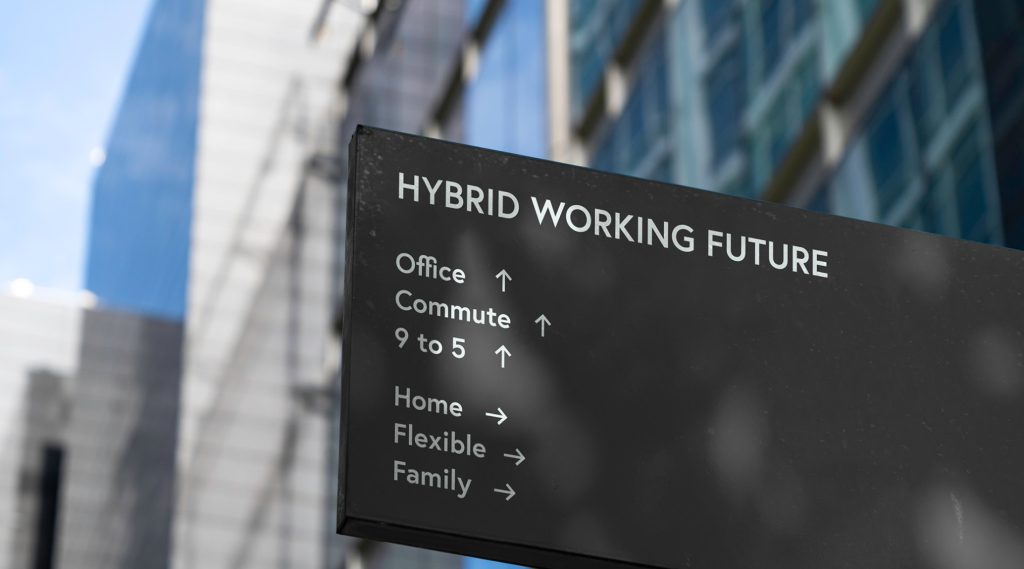The Role of Leadership in Preventing Burnout: Cultivating a Supportive and Balanced Work Culture
There’s something we can actually thank the COVID pandemic for, beyond the wider acceptance of remote working.
It’s for drawing attention to the issue of burnout in the workplace.
Although burnout became a headline-grabbing topic during the pandemic, it existed long before COVID-19 and continues to be a workplace problem in the post-COVID world. Your organisation’s leadership needs to be aware of its many causes and the strategies for combating it, because if left unaddressed, employee burnout can have serious consequences for both the affected individuals and the companies they work for.
Burnout is on the rise
Burnout is not just periodic stress from coping with busy periods or meeting deadlines. It’s a constant feeling of unmanageable and crushing mental pressure at work. It involves persistent chronic stress and emotional exhaustion, which work breaks, weekends and annual leave do nothing to alleviate. And, in spite of the rise of more flexible schedules, 42% of respondents reported experiencing burnout in a 2022 survey of over 10,000 workers in six countries (including Australia) – the highest level of burnout since the surveys began measuring it in May 2021.
How burnout impacts employees and organisations
The US government’s National Library of Medicine conducted a systematic review of the health consequences of burnout. It found that burnout was a significant predictor in several serious physical conditions, including high cholesterol, type 2 diabetes, coronary heart disease, gastrointestinal issues, respiratory problems, and death before the age of 45. Psychological consequences included insomnia, depressive symptoms, the use of anti-anxiety and antidepressant medications, and hospitalisation for mental disorders.
Not surprisingly, the review found that there were also severe repercussions for the employers of workers suffering from burnout, including job dissatisfaction, absenteeism, presenteeism and disability claims. Resignations and resulting high staff turnover are not specifically mentioned, but it’s reasonable to assume that these, too, are likely outcomes. Those who carry on working in the role causing burnout may sustain cognitive dysfunction, including impaired performance in short-term and working memory, executive function, attention, processing speed and fluency, according to a 2021 clinical study.
This paints a grim picture, and it’s therefore vital for leadership to understand the causes of burnout so that they can be addressed in the quest for a healthy and balanced work culture to support employee wellbeing.
Causes of employee burnout
Burnout can be the result of systemic problems within the organisation. Employees faced with any one of the following conditions may be disengaged and underproductive, but when several are present, burnout is a very possible result.
- Excessive workload: Individuals given more work than they can reasonably handle can become overwhelmed and feel that they can never catch up.
- Lack of work-life balance: Constantly working long hours, or being unable to disconnect from work during personal time, can cause emotional and physical strain.
- Inadequate resources: When the right tools, resources and training are lacking, increased effort is required to complete tasks, possibly leading to frustration and exhaustion.
- Absence of recognition: Unnoticed or undervalued efforts can make employees feel demotivated and resentful.
- Poor leadership: Leadership which is lacking in direction, inconsistent or unsupportive can put team members under emotional strain.
- No growth opportunities: When there are no possibilities for professional growth and skills development, employees can feel stuck in their roles, disengaged and disillusioned.
- Toxic workplace culture: Employees in a culture that fosters – or turns a blind eye to – negativity, unhealthy competition, bullying, or any form of mistreatment – can be left in a state of constant anxiety. Aiming to eliminate any occurrence of these negative working conditions and replace them with positives is a primary function of successful leadership.
Leadership’s responsibility in preventing burnout
Leadership style and effectiveness has a major impact on whether an organisation’s employees can either cope with the demands of their role or succumb to burnout.
Leadership actions which contribute to burnout
Poor leadership can exacerbate burnout in many ways. It may be the result of micromanagement, or neglect of work-life balance. Leaders may be guilty of not communicating, or of failing to provide support when needed. Conflicts between team members may be ignored and left unresolved.
Leadership actions which prevent burnout
On the other hand, leaders who actively foster a supportive, communicative and balanced work culture contribute significantly to the prevention of burnout.
Empathetic leaders are able to see a situation from their employee’s viewpoint, and understand and address the challenges it presents. It may be something as simple as recognising the impact of an individual’s caring responsibilities at home, and giving them the necessary flexibility to bring their best selves to both their workplace and their home life.
Effective leaders create an open and transparent communication channel where employees feel comfortable discussing their concerns. It’s about building trust, understanding team dynamics and fostering a positive culture. Leaders need to share the organisation’s purpose, roadmap and challenges with their team, and instigate regular meetings to seek their insights. Employees who know that their concerns will be treated with respect are more likely to speak up.
By demonstrating empathy, recognising accomplishments, and promoting a healthy work-life balance, leaders can create a workplace culture that values well-being and ensures long-term success for both employees and the organisation.
Practical strategies for cultivating a supportive workplace culture
Constant open communication is one of the best strategies for detecting burnout. Regularly check in with workers on how they are doing, both as a team and individually. Encourage them to take advantage of breaks and any time off to which they are entitled, rather than accumulating unused leave. LinkedIn, Google and Facebook, for example, gave employees extra paid leave to combat burnout during the pandemic.
Keep track of workloads, and observe whether individuals are regularly arriving very early or leaving late to stay on top of their tasks. Aim to eliminate unnecessary procedures and meetings – following the example, perhaps, of Citigroup’s ‘Zoom-free Fridays’ – which are adding to workloads or burnout but produce little benefit. Allow flexible scheduling and remote work and reassign tasks to achieve work-life balance. Set a good example by maintaining realistic working hours yourself, and taking leave.
Provide opportunities for skills development and career growth, and show appreciation for employee contributions, to foster a sense of purpose, value and motivation. Promote mindfulness practices and wellness initiatives to support employees’ mental and physical wellbeing.
Finally, consider conducting periodic employee surveys which include questions targeted at detecting burnout.
Douse the burnout flame with effective leadership
It’s possible for leaders to quench potential burnout before it takes hold, or preferably circumvent it completely. Monitor employee workloads and work-life balance, provide appropriate resources, recognition and development opportunities, and foster open communication and a supportive, balanced work culture. In doing so, instead of losing valuable talent to burnout, you’ll create an engaged and productive workforce ready to recommend your organisation as an employer.
Adecco has workforce management and staffing solutions to suit your needs. Contact us to find out how we can help you develop your team’s potential.











